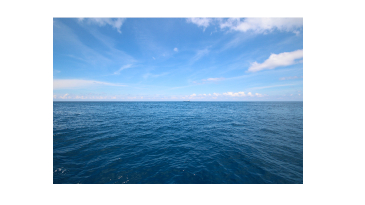- Series:Astronomy, Transcript English
2 Peter 3:6
“Whereby the world that then was, being overflowed with water, perished:”
 It is often fascinating to look at scientific articles about alleged conditions in deep-time geological timescales. Surprisingly, some of these events can make sense – even though we do not accept the presuppositions behind the deep-time calculations.
It is often fascinating to look at scientific articles about alleged conditions in deep-time geological timescales. Surprisingly, some of these events can make sense – even though we do not accept the presuppositions behind the deep-time calculations.
One example of the above would be an article on a popular science website suggesting that there was a time in deep history when the entire surface of the Earth was covered with water. The article dates this at 3.2 billion years ago; yet, even this makes a sort of sense when we consider that what they really mean is that this watery epoch occurred before most of the world’s fossilization. As creationists, we interpret most of the world’s fossils as having formed during the Flood, so evidence of a watery covering before these fossils makes sense, even though we are using a much shorter timescale.
Scientists examining rock samples in Western Australia have looked at the comparative quantities of the three main isotopes of oxygen, which have atomic masses of 16, 17, and 18. It is well-known that the relative amounts of these isotopes can be used as proxy measurements from which to calculate temperature. The rock samples suggest a global ocean with 0.4% 18O. This would suggest a completely ice-free world ocean, where all continents would be submerged.
Of course, we accept the fact of a global Flood because the Bible tells us about it. But these scientific results are consistent with the biblical account.
Prayer: Your word, Lord, speaks the truth. We thank You that true scientists, even if they do not acknowledge You, are merely repeating Your thoughts after You. Amen.
Author: Paul F. Taylor
Ref: Iowa State University. “Geologists determine early Earth was a ‘water world’ by studying exposed ocean crust.” ScienceDaily, 2 March 2020. <www.sciencedaily.com/releases/2020/03/200302122449.htm>. Image: Shutterstock, licensed to author.
© 2021 Creation Moments. All rights reserved.
